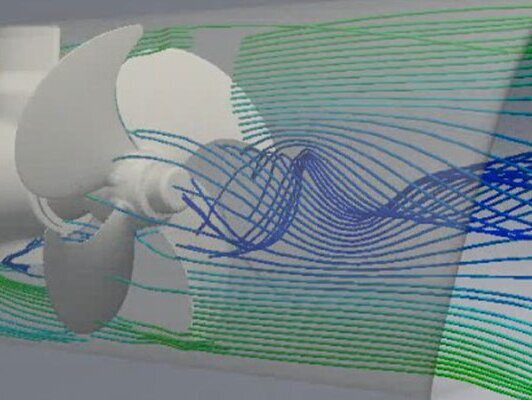Here at Brookes Bell we offer an extensive range of marine design services that can support ship owners, yards and operators from concept/feasibility through to vessel operation and site attendances.
Marine design experience
Our team of naval architects possess extensive experience across marine design including:
- The development and update of vessel general arrangements, including updates for structural fire protection and evacuation plans
- Carrying out pre-purchase/hire assessments, to ensure prospective vessels meet owners’ requirements and comply with necessary regulations
- Advising owners, yards and operators on the implementation of the Stockholm Agreement and probabilistic damage stability regulations for passenger ships for over 100 vessels
- Providing advice on vessel intact and damage stability for both new designs and conversion projects using the latest NAPA and GHS software
- Stability checks on vessels undergoing design modifications, as well as assessments in support of exemptions, typically including draught surveys, vessel inclines and preparing stability booklets and approval documentation
Our naval architects also support the wider Brookes Bell services including salvage and wreck removal on topics such as grounding loads, residual strength and damage stability margins.
Marine structural design experience
Brookes Bell also offers structural design services that make use of the latest in laser scanning and drone photogrammetry technology to reverse engineer and construct as built 3D CAD models.
Our marine structural design experience includes:
- Design of scantlings and ship structures
- Completing basic design for a historic passenger vessel (reverse engineered from laser scans, as no pre-existing documentation survived)
- Man entry cofferdams for both ship maintenance/repairs
- Civil construction projects
Marine Design Capabilities
All of our structural design work is supported by the latest in CAD technology (e.g. Rhino, AutoCAD, Inventor, Solid Works, Aveva Marine/E3D), and finite element analysis (Ansys and Nastran) software.
This means that Brookes Bell can select the best tools for the job depending upon project size and complexity.
Our team also uses CFD (computational fluid dynamics) to provide design input in support of ship operators.
This includes wind comfort studies which assess wind and smell comfort of passengers, as well as intake positions to avoid exhaust and emission contamination.
Our CFD capability also allows us to quickly assess multiple modifications to ship hulls and appendages to optimise designs and complement empirical powering estimates.
In addition to the latest CAD technology and CFD experience, Brookes Bell’s naval architecture team also has access to industry-leading software platforms such as NAPA and GHS.
Why choose Brookes Bell for marine design?
The years of experience accumulated in state of the art assessment means our naval architecture team is able to propose innovative solutions to complex problems.
At Brookes Bell, we use the state-of-the-art design and analysis tools combined with the best scientific knowledge in metallurgy, coatings, non-destructive testing (NDT), fuels and cargo science. We are able to benefit from the expertise of our Master Mariners and marine engineers to find efficient solutions to practical problems.
Our extensive design experience allows our team to assist in disputes where design defects are present or vessel specifications have not been met.
To find out more about Brookes Bell’s marine design services, contact us today

